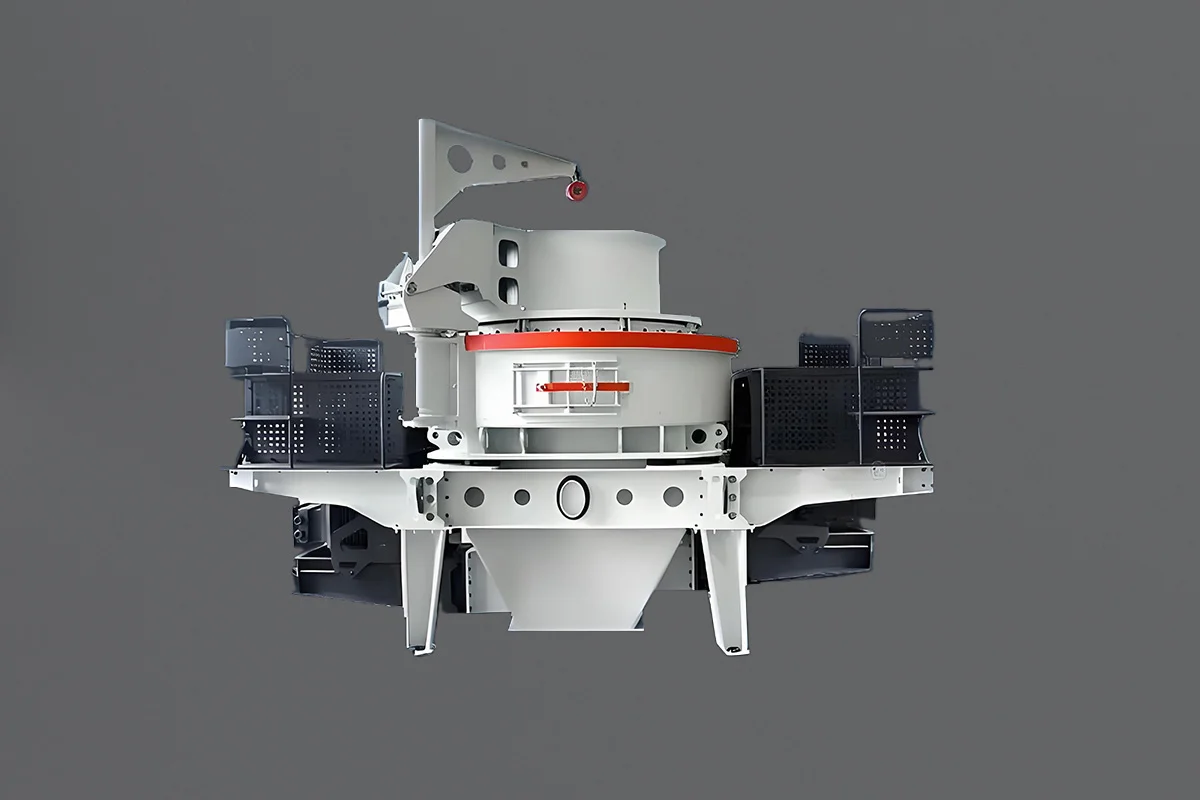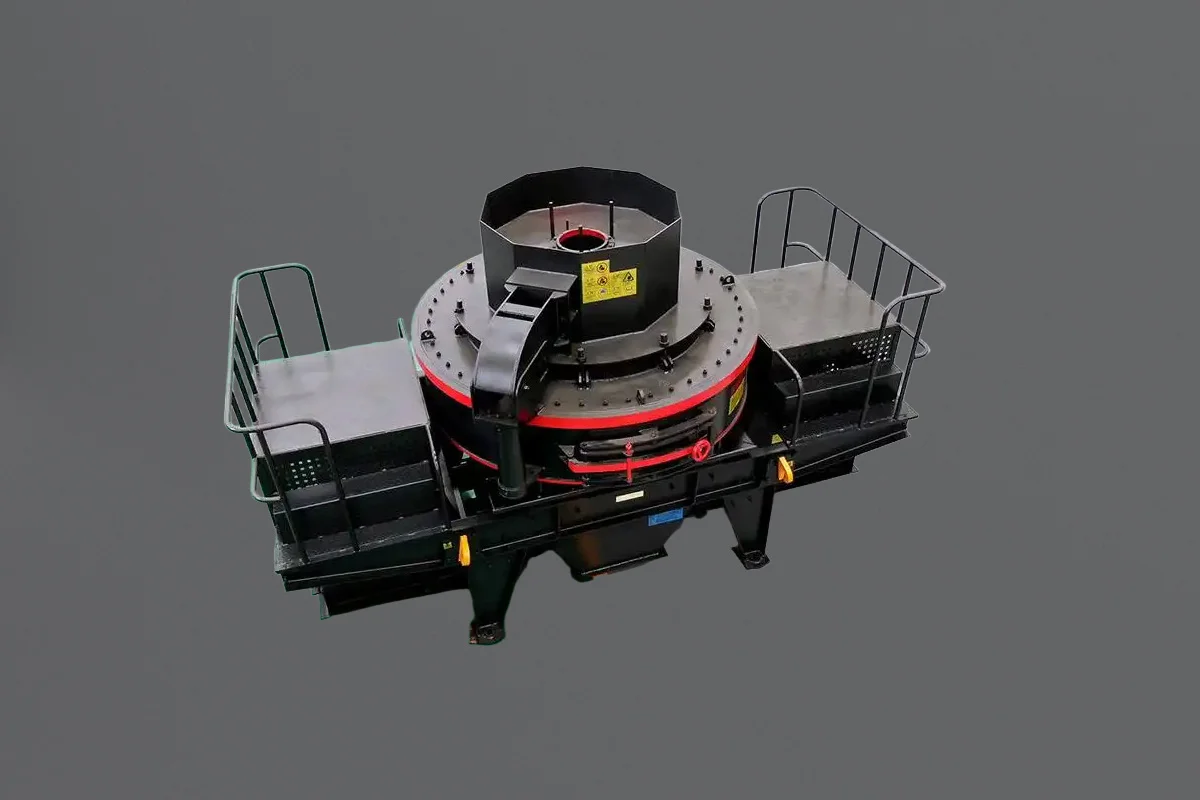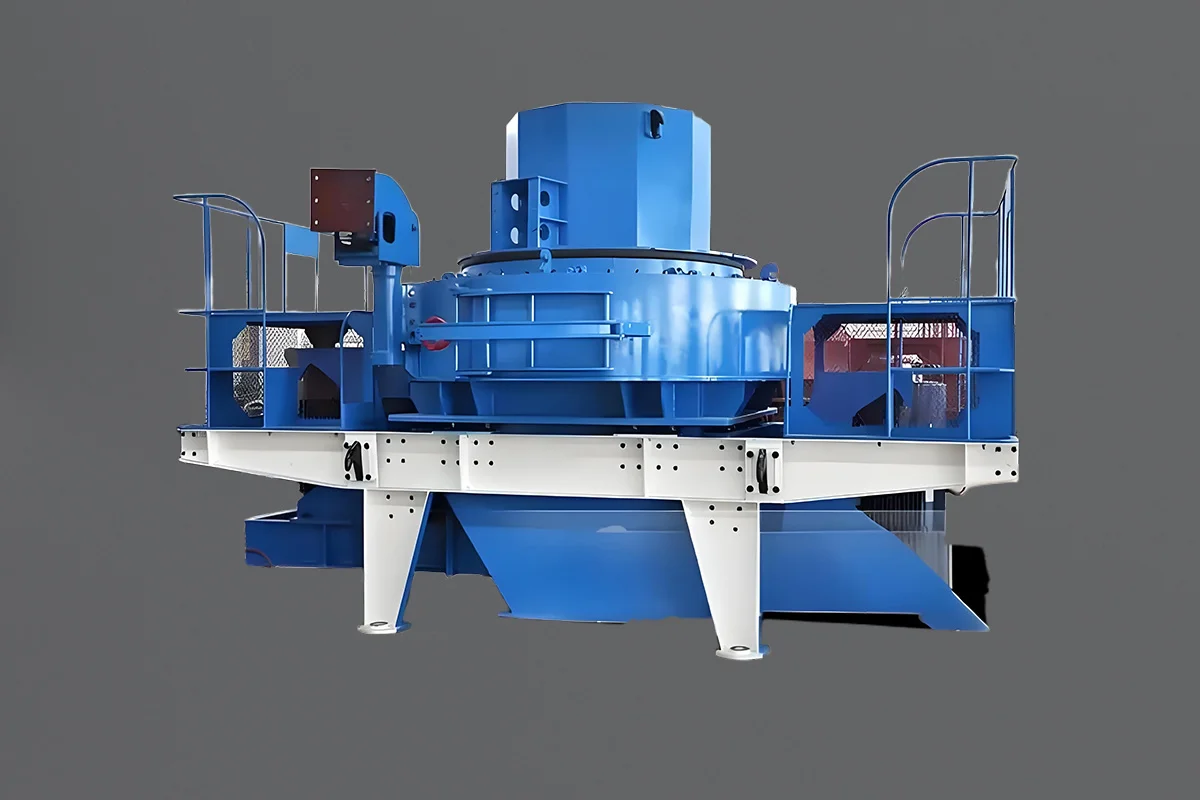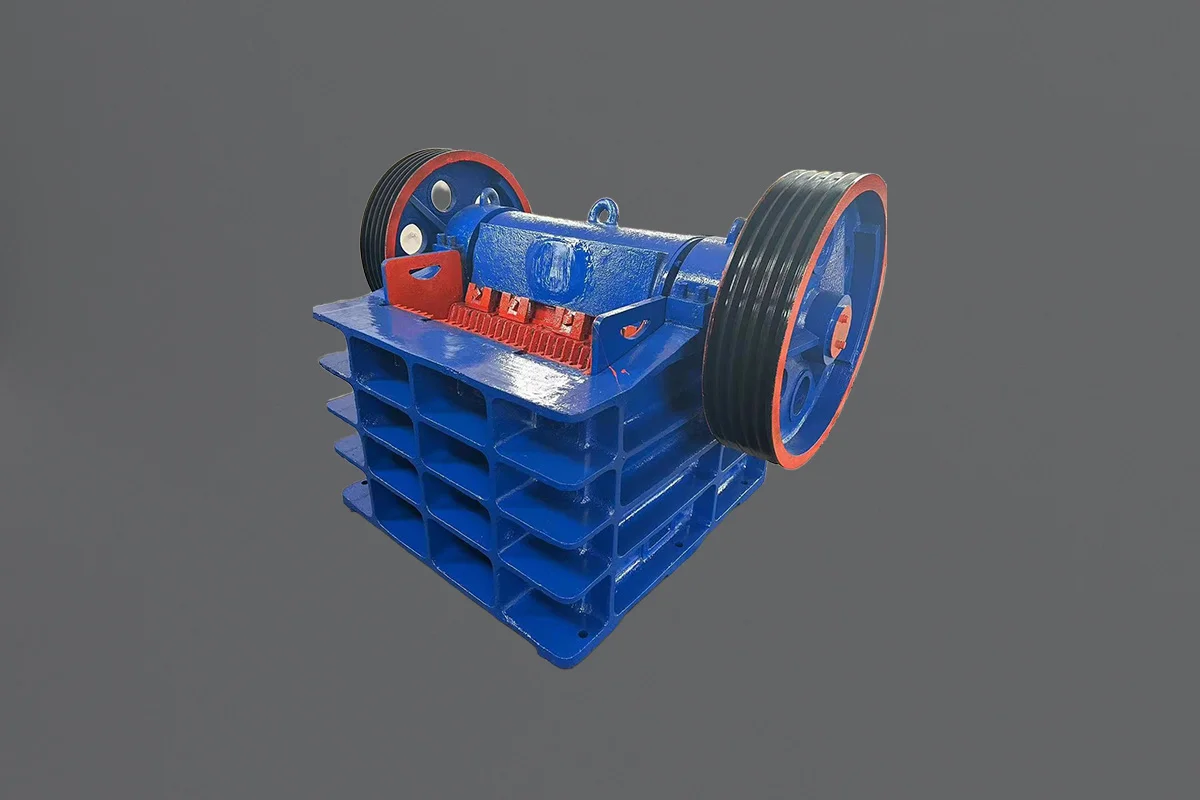Cone Crusher Eccentric Bushing
The eccentric bushing is a component of a cone crusher that is located at the center of the main shaft. It is used to support the gyratory movement of the main shaft and also serves as a bearing.
The eccentric bushing is made of bronze, which has good wear resistance and can withstand high loads. It is designed to fit snugly onto the main shaft and rotate with it. The inner surface of the eccentric bushing is shaped like a cone, which matches the shape of the main shaft. As the main shaft rotates, the eccentric bushing also rotates, creating the gyratory motion that is characteristic of a cone crusher.
In addition to supporting the main shaft and enabling its gyratory motion, the eccentric bushing also helps to distribute the crushing force evenly across the crushing chamber. This is important because it helps to reduce wear and tear on the crusher’s components and ensures that the crusher operates efficiently.
Over time, the eccentric bushing may wear out and need to be replaced. This is typically done by a trained technician, who will disassemble the crusher and replace the worn bushing with a new one. Whenever the eccentric is removed, the eccentric bushing should be checked for looseness and excessive wear. When the bushing is found to be loose in the eccentric, follow the instructions under REPOURING BUSHING LOCK.
A BUSHING WITH NORMAL USE TENDS TO WEAR MORE AT THE HEAVIEST SIDE OF THE ECCENTRIC. THIS IS NO CAUSE FOR CONCERN SINCE IT IS A NORMAL AND EXPECTED CONDITION, A BUSHING THAT IS WORN EXCESSIVELY THIN OR CRACKED WILL, OF COURSE, REQUIRE REPLACEMENT.
Eccentric bushing removal
Bushing locks are found at the top of the bushing and consist of mating tapered pockets, in both the bushing and eccentric, which are filled with locking compound to prevent the bushing from turning. If the eccentric bushing requires replacement, proceed as follows :
- Drill a series of holes in the locking material in each cored pocket.
- Chisel through the adjoining walls of the drilled holes and clean out the material so that there is no interlocking material that would prevent removal.
- Turn the eccentric upside down onto wooden blocking so that the bushing can drop free of the eccentric.
- Cut a circular 25 mm (1″) thick steel plate, slightly smaller than the outer diameter of the bushing. Smooth and tape the outside diameter of the plate so there will be no rough edges to score the eccentric bore.
- Place the plate against the bottom of the bushing making sure it is centered and not touching the eccentric bore.
- Use 100 mm x 100 mm (4″x4″) wood timber to ram against the plate until the bushing is completely out of the eccentric.
Installing the eccentric bushing
Eccentric bushings are machined to provide a metal-to-metal or a few tenths of a millimeter (thousandths) loose fit in the bore. Should a bushing have such a metal-to-metal fit or be out of round because of improper storage or shipment, the following procedure using dry ice is recommended.
To install a replacement eccentric bushing, using dry ice proceed as follows :
- Make certain the locking compound is cleaned out of the cored pockets at the top of the eccentric and the bore is clean and free of any surface roughness.
- Prepare the bushing by thoroughly cleaning all surfaces and removing any surface irregularities.
- Pack the bore of the replacement bushing with dry ice to shrink the bushing. Approximately 90 kg (200 Ibs.) of dry ice is necessary to adequately pack the inside of the bushing providing some sort of filler is used in the center of the bushing. As an example, a 100 mm x 100 mm (4″ x 4″) wooden timber leaves sufficient area around it to allow for an adequate amount of dry ice to shrink the bushing.
- Wrap the outside of the bushing with several layers of fiberglass insulation to prevent the external build up of frost which would hinder the installation of the bushing in the eccentric. Wrapping also helps to achieve a more thorough cooling. Cooling time should be approximately 2 hours.
- Measure the outside diameter of the bushing and the bore of the eccentric to determine when the bushing has cooled sufficiently. Install two ring bolts into the top of the eccentric bushing.
- Paint or scribe a line down the outside of the bushing along both sides of the oil holes (both the large and small diameter holes) in the bushing. Then paint or scribe a line along both sides of the oil holes in the eccentric and over the top face of the eccentric. These lines are to be used to assure proper alignment of the oil holes in the bushing and the eccentric.
- Using ring bolts and washers, lift the bushing into position, and center it in the top of the eccentric bore. Quickly lower the cooled bushing, into the bore of the eccentric while aligning the pockets and the oil holes.
- When the bushing is properly installed in the eccentric, the bushing should be flush with the top of the eccentric.
- Mix the Locking Compound according to the directions included in each kit and pour in the pockets at the top of the eccentric and bushing, filling each pocket to the top.
- The eccentric, bushing and Locking Compound should be at room temperature, 16°C (60°F) to 32°C (90°F) prior to pouring.
- After the locking material has fully hardened, grind off and flush any excess material.
If you have any questions or inquiries about cone crusher parts, contact us freely.



